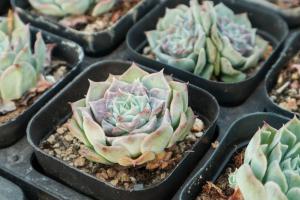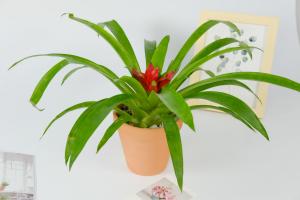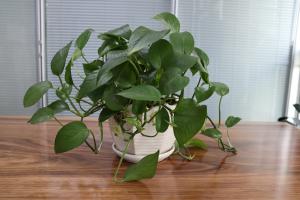Cutting propagation
Cutting matrix
The cutting matrix of Sakura purpurea can be made of vermiculite powder, perlite and peat soil in the ratio of 2:1:1. It should be noted that the three are not directly mixed, but the peat soil is paved first, and the other two are evenly mixed in proportion and then paved on the peat soil. In addition, the requirement of cutting matrix is loose and breathable, which is suitable for plant growth

Selection and storage of inserts
The branches used for cutting are the branches between 10 and 12 cm cut from the strong mother branch of purple leaf dwarf cherry (four or five bud nodes are guaranteed on each branch). After cutting, they should be kept in a cool and humid place, or wrapped with wet things

Processing of cuttings
Cut a 45 ° oblique incision close to the bud back at the upper end of the cuttings, which is 2 cm away from the bud node, and then soak the cuttings with naphthylacetic acid solution or rooting powder solution for a period of time, preferably 30 to 60 minutes

Cutting
The cutting depth shall be greater than one-third and less than one-half of the cutting length, and the spacing is generally between 2.5cm and 3.5cm. After cutting, the cutting matrix shall be watered through

Grafting propagation
Selection of Rootstock
The rootstock grafted with purple leaf dwarf cherry can be mountain peach and apricot. It is required that the rootstock has no diseases and pests and strong affinity. It is the best one that has grown for one to two years

Grafting purple leaf dwarf cherry with branch grafting method
Generally, bud grafting is not used for purple leaf dwarf cherry grafting. The scion is cut into the shape of duck's beak, and four or five buds are retained. The length of scion is generally between 8 and 10 cm. After the rootstock is 5cm away from the ground, it is closely combined with the formation layer of rootstock, and then the interface is bound with plastic strip. Moisturizing treatment after grafting

High branch and strip propagation
Selection of branches
It is also a strong mother branch, but the thickness is required to be between 1 and 2.5 cm

Specific steps of high branch layering
after circular peeling under the petiole, the wound was treated with naphthylacetic acid aqueous solution, and then covered with wet mud. The next step is to cut the branches, remove the plastic bags, and implant the branches with matrix soil into the seedbed. Remember to pour enough water


 how many times do yo...
how many times do yo... how many planted tre...
how many planted tre... how many pine trees ...
how many pine trees ... how many pecan trees...
how many pecan trees... how many plants comp...
how many plants comp... how many plants can ...
how many plants can ... how many plants and ...
how many plants and ... how many pepper plan...
how many pepper plan...






























